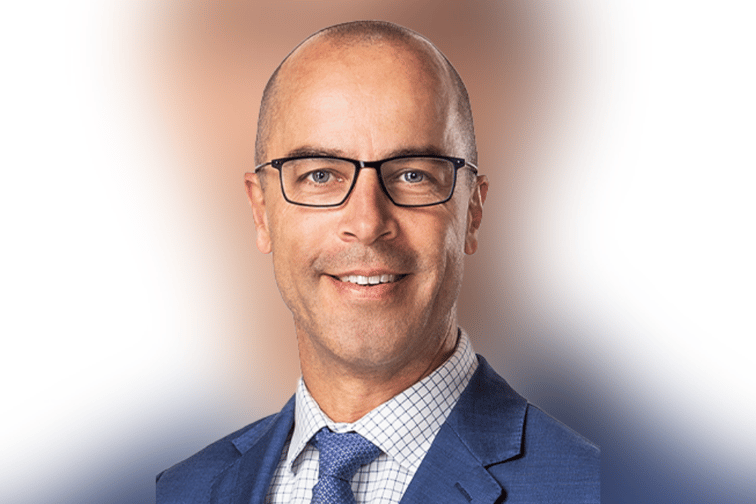

In addressing one of the biggest insurance challenges of the present day - making sure digital transformations are engaging for customers - the private health care fund, nib Group (nib), has what it calls its Payer to Partner strategy.
“So moving from approaching the fast payment of claims as the measure of success to actually using data and personalization to prevent people getting ill and thinking of insurance as something that intervenes much earlier,” said Matt Paterson (pictured above), nib’s group chief operations officer.
Paterson is a speaker on the panel, Engaging customers in a digital environment at the upcoming InsurTech Summit Australia on May 05.
His current job responsibilities include setting up a new shared services division looking after all claims, operations, health service contracting and contact centres across Australia, New Zealand and internationally. Before moving to nib in 2020, Paterson’s previous roles included senior management positions with Vodafone Australia, Telstra and IAG (Insurance Australia Group).
His InsurTech Summit panel will look at how increasingly automated insurance processes can make personalised interactions challenging. The nib chief operations officer, together with fellow panellists, will examine how technology can be leveraged to provide outstanding customer-centric service in the insurance value chain. Paterson and his co-panellists will tease out the issues around enabling employees to provide value-added opportunities using technology and identify key touchpoints in service delivery to maintain the human connection.
“So that’s really what we call our Payer to Partner strategy at nib. We really want to be at the forefront of using technology and data to spearhead that,” he said.
This year’s InsurTech Summit will explore 2022’s most exciting emerging technology. The Summit will cover hot topics, including customer experience, regtech and intelligent automation (IA).
Paterson says attending the summit is a way of staying relevant and connecting with like-minded and “new minded” colleagues across the insurance industry.
“The pace of change is moving pretty quickly so it’s great to connect and understand future trends and future plans,” he said
“Also, I think, during the last two years some of us have been a little bit in hibernation so I think we should always be looking at these opportunities,” added Paterson.
He said nib is an example of a large health insurer “really trying” to keep people healthy rather than just pay their claims quickly.
“So I think some of the traditional challenges of being an effortless, easy provider of service, or paying claims have become how do you make that easy in a digital and self-service sense? That’s probably something that we’ve all been grappling with for many years,” said Paterson.
Part of this ongoing digital challenge from a customer perspective, he said, is moving away from a manual paper-based approach to being fully automated with single touch.
“I think related to that is the use of data,” said Paterson. “I think the challenge in insurance is we’re dealing with a lot of data. We’re also dealing with a lot of legacy and a lot of different platforms.”
Paterson said the issue is how to best use data to both personalize experiences and make those experiences valuable for customers.
“If you think of insurance more generally, it’s thought of as a grudge purchase and a lot of people set and forget their insurance,” he said.
Another challenge, said Paterson, is keeping an insurance policy relevant to customers throughout its lifecycle.
“Particularly, how do we make it relevant to younger demographics and bring them in?” he said.
He said using technology in a “clever way” can help personalize insurance products and add value. For example, in the health insurance space, using data to help insurers and their customers take preventative health actions and recognize triggers that can create issues rather than waiting for a claim.
Paterson said nib’s partnership with Salesforce is an example of savvy use of technology.
“We’re really impressed with the transformation that we’ve achieved through our partnership with Salesforce and really looking at how to make it easy for both our customers at the end, but also the people who are dealing with customers, so our contacts in the frontline and our claims people,” he said.
This process has involved using robotics and AI (artificial intelligence) to facilitate self service capability improvements.
“Then when the complex moments of truth really happen that’s when our people are available,” he said.
The 2022 InsurTech Summit Australia will take place at the Amora Hotel Jamison Sydney on May 05. This one-day event will unite Australia’s top insurance companies for a day of networking opportunities, panel discussions, case studies and presentations on strategies to remain innovative and equipped for the future of insurance. You can register here.
